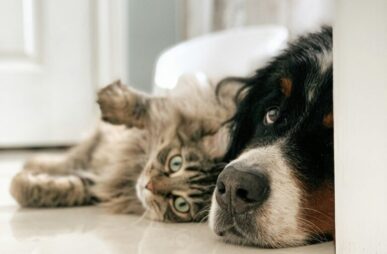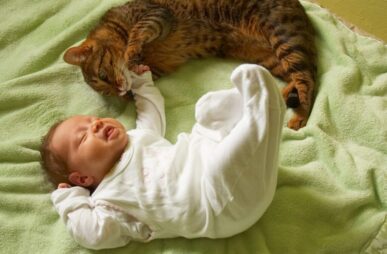The perils of plastics extend to our pets
By Aidan Charron
By now, you’d practically have to be living on Mars not to have heard about the health risks associated with plastics and the toxic chemical cocktail used to produce them.

By Aidan Charron
By now, you’d practically have to be living on Mars not to have heard about the health risks associated with plastics and the toxic chemical cocktail used to produce them.

By Shannon Kelleher
Testing on popular brands of infant bedding, bibs and other products for babies found nearly one third contained toxic PFAS chemicals and there were indicators that all of the products tested could contain PFAS, the Environmental Working Group said this week.